The Middle East is a wonderful place for entrepreneurs to start a goat farm because the people there love goat meat, also called mutton. Traditional cuisines, religious holidays, and a growing population all contribute to a greater demand for mutton in this region, making it an ideal market for commercial goat rearing.
Goat farming provides a sustainable and lucrative option in countries with affluent food scenes, such as the United Arab Emirates and Saudi Arabia, with their bustling meat markets. However, success requires meticulous preparation, especially with regard to the allocation of funds for land, breeds, feed, and marketing.
Providing prospective farmers in the Middle East with a detailed road map, this guide lays out 15 realistic steps to launch a successful goat farming enterprise targeting mutton markets. Cost estimates, regional insights, and profit possibilities are just a few of the key topics covered in each section, all of which are tailored to the unique economic and environmental circumstances of the Middle East.
This guide will provide you with the knowledge you need to conquer challenges and grasp opportunities, no matter where you begin, whether in the countryside of Oman or on the outskirts of Qatar’s major cities. It also guarantees that your company is in sync with consumer tastes and market demands. What are we waiting for? Let’s start goat farming in the Middle East with budget estimates.
Mastering Goat Farming in the Middle East: Steps to Mutton Profitability
Conducting Market Research for Goat Meat Demand in the Middle East
Successful goat farming in the Middle Eastern mutton market requires thorough research and an understanding of demand patterns. Because of regional delicacies like kabsa and mandi, goat meat is eaten in giant quantities throughout the Middle East, especially during Eid al-Adha, in countries like Saudi Arabia, the UAE, and Kuwait.
Go to the local souks, butcher shops, and restaurants to get a feel for the goat meat industry in the Middle East. Fresh mutton often costs between $8 and $12 per kilogram. Rural regions in the Middle East value affordability more highly than urban centers like Riyadh and Dubai when it comes to goat farming.
To make the most of your mutton market research in the Middle East, network with livestock dealers to find out when demand is highest, like during Ramadan. Budget two to three grand for market research, which should cover consultancy and travel expenses.
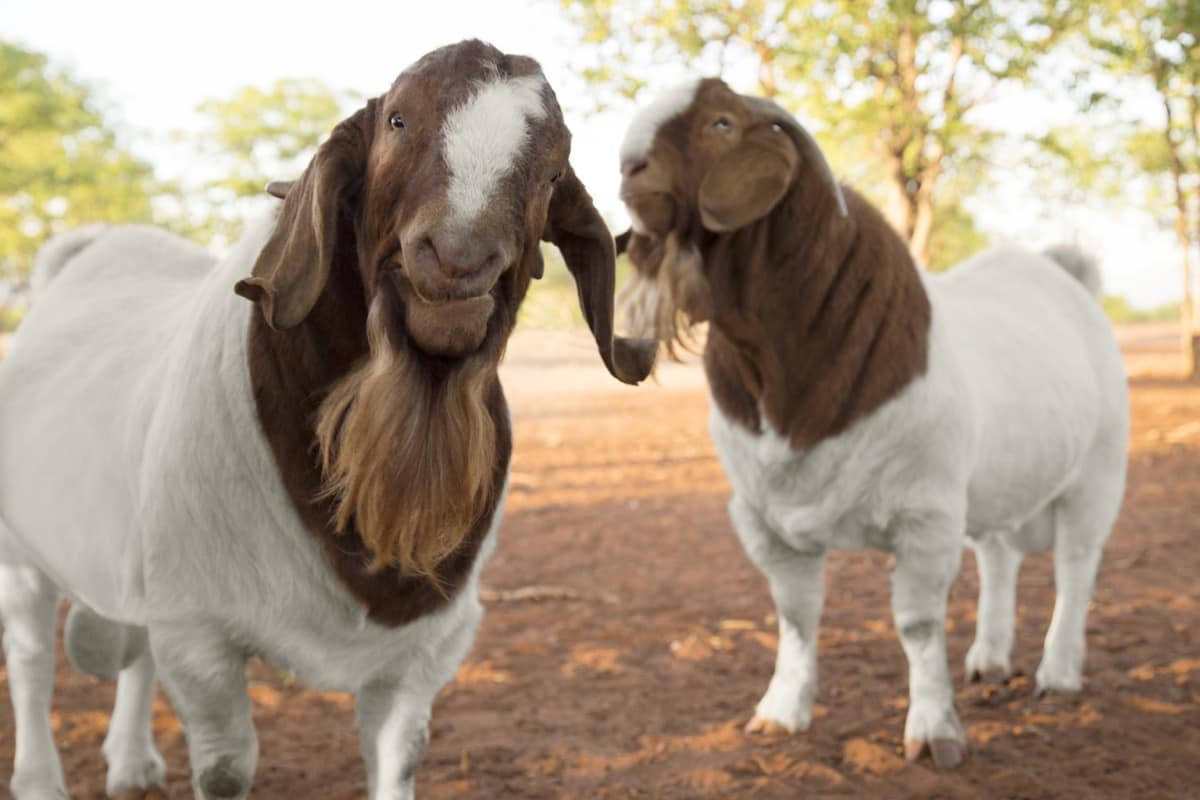
If you want to satisfy the need for goat farming in Middle Eastern nations, you should look at what your competitors are selling and make note of the breeds they like (for example, Boer for high-quality meat). Our study ensures that your Middle Eastern mutton production company meets consumer tastes and increases profitability, with potential margins of 30–40%, through effective operations in high-demand countries like Qatar.
| Aspect | Details | Cost Estimate | Notes |
|---|---|---|---|
| Market Visits | Souqs, butcher shops | $1,000 | Travel and accommodation |
| Consultancy | Market experts | $1,500 | Professional advice |
| Networking | Livestock dealers | $500 | Relationship building |
| Competitor Analysis | Breeds, pricing | Included | Focus on Boer goats |
| Demand Peaks | Ramadan, Eid al-Adha | N/A | High demand periods |
| Profit Margin | Expected 30–40% | N/A | With efficient operations |
Selecting the Ideal Location for Your Goat Farm in the Middle East
Choosing the right location is crucial for a prosperous goat farming business in the Middle East. If you’re looking to establish a goat farm in the Middle East, it’s best to focus on areas that have access to water, plenty of pasture, and markets for mutton.
Due to their fertile soils and extensive animal markets, places like Al-Ahsa, Saudi Arabia, and Al-Batinah, Oman, are famous for goat rearing. Semiarid regions in the Middle East are ideal for goat farming since they are dry enough for the animals to thrive and have enough water from wells or reservoirs, which can be set up for around $5,000 to $10,000.
The land needs for goat farming in the Middle East are minimal; therefore, 1-2 hectares would be plenty for a basic farm with 50 goats. An annual lease for land in a rural region can cost anywhere from $1,500 to $3,000. Spend two grand on barbed wire to keep foxes and other predators out of your goat farm in the Middle East.
The infrastructure for goat farming in the Middle East is improved by being adjacent to big cities like Abu Dhabi, which cuts transportation expenses—which can account for 10% of operating expenditures. By carefully choosing their locations, medium-sized farms in Oman are able to scale their operations and turn a profit of $10,000 to $15,000.
| Location Factor | Ideal Criteria | Cost Estimate | Notes |
|---|---|---|---|
| Water Access | Wells, reservoirs | $5,000–$10,000 | Essential for herd |
| Land Size | 1–2 hectares | $1,500–$3,000/year | For 50 goats |
| Fencing | Barbed wire | $2,000 | Predator protection |
| Proximity | Near cities | N/A | Reduces transport costs |
| Soil Type | Fertile | N/A | Al-Ahsa, Al-Batinah |
| Profit Potential | $10,000–$15,000 | N/A | For medium farms |
Choosing High-Yield Goat Breeds for Mutton Production
Breed selection is of the utmost importance in Middle Eastern goat farms that specialize in producing mutton. If you’re trying to produce goats for the Middle Eastern mutton market, look for fast-growing, high-yielding breeds like Boer or Damascus.
The ideal high-yield goat breed for mutton production in the Middle East is Boer goats, which cost $150 to $300 per goat and gain 40 to 60 kg in 9 to 12 months. Damascus goats, which require only $200 per head and do well in the arid regions of Jordan and Saudi Arabia, are the ideal goat breeds for the Middle Eastern climate.
It should cost around $10,000 to start with a herd of fifty goats. Choose reputable breeders to reduce the likelihood of disease in goats so that goat farming can continue in the Middle East. The Middle Eastern mutton industry has found success in reducing mortality rates to 5–8% through crossbreeding Boers with local breeds like Najdi, which increases hardiness.
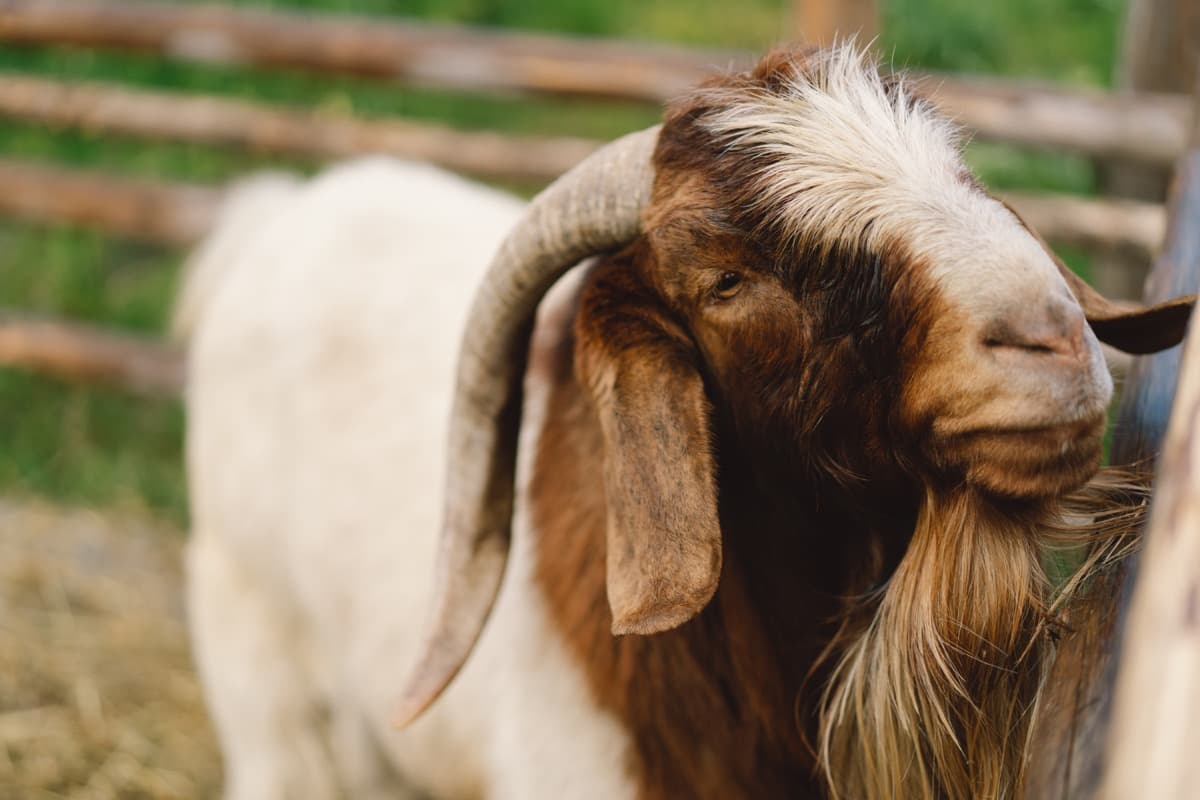
Maintain detailed records of growth rates to assist in the management of goat breeds on Middle Eastern farms. The Middle Eastern mutton market needs these breeds, and they deliver, with top chops selling for $10 to $15/kg. After paying $100 to $150/animal for feed and care, each goat can make $200 to $300.
| Breed | Cost per Goat | Weight Gain | Notes |
|---|---|---|---|
| Boer | $150–$300 | 40–60 kg | 9–12 months |
| Damascus | $200 | Adaptable | Arid climates |
| Najdi Cross | N/A | Hardy | Lower mortality |
| Herd Size | 50 goats | $10,000 | Initial investment |
| Feed/Care | $100–$150/goat | N/A | Annual cost |
| Revenue | $200–$300/goat | $10–$15/kg | Market price |
Estimating Startup Costs for a Middle East Goat Farm
To launch a successful goat farming business in the Middle East, a detailed budget is required. It’s crucial to factor in the expenses of land, infrastructure, animals, and equipment when attempting to quantify goat farming in the Middle East.
An annual budget of $5,000 to $8,000 will cover a small goat hut, while $1,500 to $3,000 will cover the expense of leasing one hectare. Buying fifty Boer or Damascus goats will cost $10,000, and fencing will cost $2,000 when planning a budget for goat farming in the Middle East.
To make the initial investment in goat farms in the Middle East easier, set aside $3,500 for water systems and $1,500 for basic feed and veterinary supplies. Middle Eastern goat farming cost breakdown estimates an annual labor expenditure of $12,000 for two workers in rural Oman.
To make sure you have a reasonable goat farming setup in the Middle East that saves 20–30% on expenses, consider using used equipment, including feeders. The overall initial investment for a small farm might be anything from $25,000 to $35,000. Aiming for $8,000 to $12,000 in income in the first year, assuming 40 goats are sold at $250 each, is a viable financial goal for goat farming in the Middle East, especially in high-demand countries like Kuwait. You will recoup your investment in two or three years.
| Cost Item | Estimated Cost | Notes | Savings Tip |
|---|---|---|---|
| Land Lease | $1,500–$3,000 | 1 hectare | Rural areas |
| Goat Hut | $5,000–$8,000 | Small shelter | Local materials |
| Goats (50) | $10,000 | Boer/Damascus | Reputable breeders |
| Fencing | $2,000 | Barbed wire | Predator-proof |
| Water Systems | $3,500 | Wells | Essential |
| Feed/Vet Supplies | $1,500 | Initial | Used equipment |
Designing a Cost-Effective Goat Shelter for Arid Climates
Establishing a sustainable goat farming business in the Middle East begins with building a suitable shelter.
Step 1: Construct sheds with high ceilings and open sides for ventilation; the estimated cost for fifty goats is $5,000 to $7,000.
Step 2: Use locally sourced materials like concrete blocks to make goat housing in dry regions like Saudi Arabia 15% more inexpensive.
Step 3: Design the best goat shelters in the Middle East with white-painted roofs that keep the inside 10 degrees cooler and are angled east to west to save the goats from overheating.
Step 4: Set aside $1,000 for drainage systems to keep goat shelters in the arid Middle East dry during the few rains.
To produce mutton, goats in the Middle East require ten to twelve square feet of housing per goat, which guarantees comfort and reduces stresswhile promoting development rates. Include $500 solar-powered fans to improve air circulation in goat house designs to encourage Middle Easterners to live greener lives.
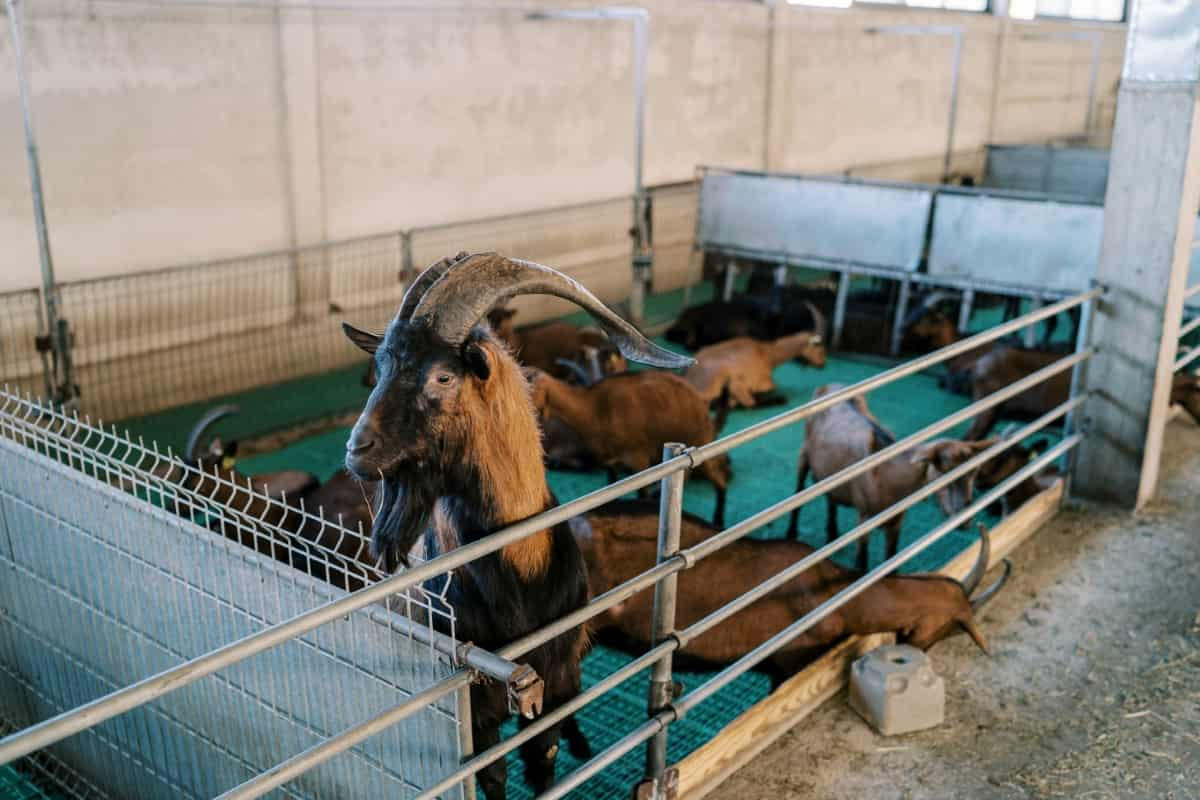
Farmers can earn $15,000 annually from 50 goats in mutton markets like Dubai thanks to these shelters, which improve goat health and reduce veterinary bills by 10% to 20%.
Planning Feed and Nutrition for Mutton-Producing Goats
Optimal goat production for mutton markets in the Middle East requires a balanced feed strategy.
Step 1: Provide a diet of 50% green (sorghum, alfalfa), 30% dry (hay), and 20% concentrates (barley, soybean meal), costing $50–$70/goat/year.
Step 2: Purchase local fodder in areas like Dhofar, Oman, where a kilogram of alfalfa costs $0.2.
Step 3: Grow fodder crops on-site to provide cheap goat feed in the Middle East and minimize expenditures by 30%.
Step 4: Set aside $200 yearly to supplement the diets of fifty goats in the Middle East with nutrients like calcium.
Middle Eastern goat feed for mutton production can be improved with an annual savings of $1,000 and the ability to raise 20–30 goats on a single acre through rotational grazing. The sustainable feeding of goats in the Middle East can be achieved by storing dry fodder in shaded silos ($1,500) so that it does not deteriorate.
Proper feeding causes goats to acquire weight, which in turn enhances their market value. A small farm can earn $5,000 to $7,000 per year by selling goats in markets like Qatar for $250 to $300 each.
Implementing Health Management Practices for Goat Herds
Goat farms in the Middle East can’t survive without rigorous health management systems.
Step 1: Administer vaccines against diseases like PPR, costing $2 per goat per year.
Step 2: Deworm every three months, allocating $300 annually for fifty goats.
Step 3: Conduct regular veterinary inspections in Jordan, costing $500 per year, to ensure the health of the goat herd for mutton production.
Step 4: Isolate new goats to reduce disease risks by 20%, maintaining biosecurity in veterinary services.
To enhance sustainable goat health practices in the Middle East and save $100 per year, use natural remedies for mild ailments, such as neem. Expend $50 on software to keep medical records and track treatments, which will help with goat disease management in the Middle East.
Goats in good health gain weight more rapidly and fetch $10–$12/kg in the UAE; farms can earn about $12,000 annually from 40 goats. Due to successful health management that reduces mortality to 5%, a consistent supply of mutton is supplied to Kuwaiti markets, where demand increases during festivals, driving profits.
Developing a Breeding Program for Continuous Mutton Supply
If you want to have a steady supply of mutton, you must maintain herds of goats and have a breeding program.
Step 1: Maintain a ratio of one buck to twenty does, with bucks priced at $300 to $500.
Step 2: Breed from high-performing dos, such as Boers or Damascus, priced at $200 a head with a gestation period of two years.
Step 3: Employ artificial insemination at a cost of $10 per doe to increase goat breeding for Middle Eastern meat markets.
Step 4: Keep 8-month kidding intervals and allocate $500 for the care of pregnant does to grow goats sustainably in the Middle East.
To ensure goat herd expansion in the Middle East and decrease restocking expenses by 20%, retain 50% of the kids for breeding purposes. Fifty kids in the Middle East can get extra food and support with goat breeding for $1,000 a year.
This strategy ensures a yield of 60-80 kids each year from 50 does, which translates to $15,000-$20,000 in sales in Saudi Arabian marketplaces at $250/goat. Continuous breeding ensures scalability, meeting demand in Qatari mutton markets where margins can surpass 35%.
Budgeting for Labor and Operational Costs in Goat Farming
If you want to run a successful goat farming business in the Middle East, you must set aside funds for operations and personnel. Goat farming in the Middle East is labor-intensive; therefore, it would cost $10,000 to $12,000 per year to hire two workers for a farm of fifty goats in Oman.
Goat farms in the Middle East spend an average of $2,000 a year on operating expenses, including water and electricity. To make budget management easier for goat farmers in the Middle East, set aside $1,500 for equipment upkeep, including things like feeders and waterers.
Part of the operating expenses of Middle Eastern goat farms should include $3,000 for transportation to markets such as Dubai, where gasoline prices are low. To run goat farming businesses in the Middle East efficiently and save $500 on outside services, train employees on basic veterinary care. Grooming goats in the Middle East will become 20% more efficient with the $2,000 investment in feeding system automation.
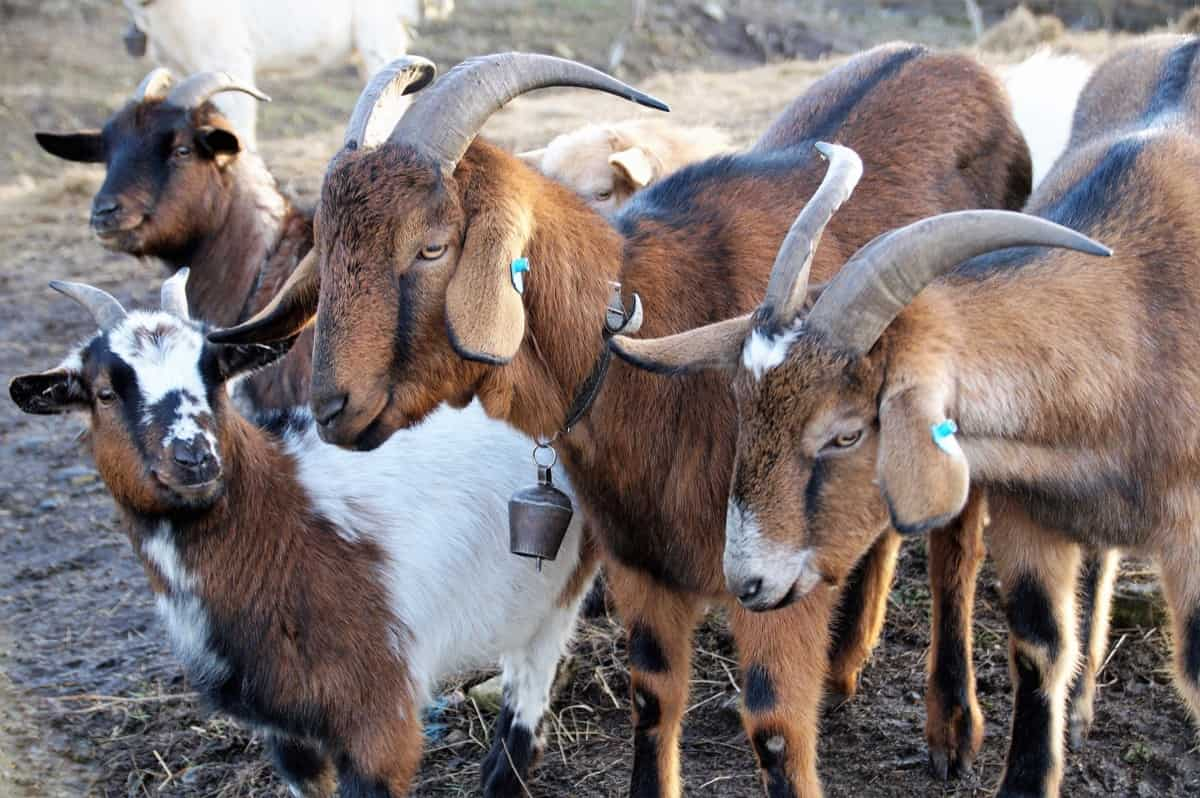
Total operational expenses are between $18,000 and $20,000 per year, while sales of 40 goats at $250 each bring in $8,000 to $10,000. Budgeting effectively ensures sustainability in Kuwait’s cutthroat mutton markets, which encourages long-term growth.
| Expense Type | Cost Estimate | Notes | Savings Tips |
|---|---|---|---|
| Labor | $10,000–$12,000 | 2 workers | Train for vet care |
| Utilities | $2,000 | Water, electricity | Solar options |
| Equipment | $1,500 | Feeders, waterers | Regular maintenance |
| Transport | $3,000 | To markets | Low fuel costs |
| Automation | $2,000 | Feeding systems | 20% efficiency |
| Total | $18,000–$20,000 | Annual | Efficient budgeting |
Marketing Your Goat Meat to Middle East Mutton Markets
Goat farming for the Middle Eastern meat market requires a solid marketing strategy.
Step 1: Target neighborhood butchers, cafés, and supermarkets in cities like Riyadh, where mutton sells for $10 to $15 per kilogram.
Step 2: Allocate $500 for ads and emphasize quality through social media.
Step 3: Participate in Oman’s livestock shows to boost Middle Eastern sales of goat meat for mutton, setting up $1,000 booths to broaden buyer networks.
Step 4: Offer wholesalers bulk discounts to reach out to consumers in the Middle East looking to purchase mutton, boosting sales by 15%.
To successfully market goat meat in the Middle East—where 90% of consumers are Muslim—prioritize halal certification. Promote sales strategies for goat farming in the Middle East by negotiating contracts with restaurants to get $5,000 monthly orders.
With the help of effective marketing, 50 goats are sold annually in the UAE markets, generating approximately $12,500. Strategic advertising capitalizes on the soaring demand for mutton during Qatari festivals like Eid, ensuring profit margins of 30–40%.
Navigating Legal Requirements for Goat Farming in the Middle East
If you want to manage a goat farming business in the Middle East that abides by the law, you must understand the prerequisites.
Step 1: Register with regional agriculture ministries, costing up to $500 in Saudi Arabia.
Step 2: Obtain a No Objection Certificate (NOC) from the cities, costing approximately $300.
Step 3: Secure $400 in animal welfare certifications to meet UAE regulations for goat farming permits in the Middle East.
Step 4: Allocate $1,000 for training to obey the laws of the Middle Eastern mutton market and adhere to halal slaughter criteria.
To meet Oman’s environmental standards and enhance goat farming’s compliance with Middle Eastern laws, implement waste management systems, incurring a cost of $2,000. To help get the necessary permits to raise goats in the Middle East, talk to lawyers and put up $1,500.
In Kuwaiti marketplaces, one can sell forty goats for $250 each, generating $10,000 annually, as compliance guarantees the continuation of activities. In the highly regulated mutton markets of Jordan, adhering to the law guarantees long-term profitability by increasing buyer confidence and making expansion easier.
Leveraging Technology for Efficient Goat Farming Operations
Increasing output is possible for a tech-driven Middle Eastern goat farming business by using technology.
Step 1: Introduce automated feeding systems, costing $2,000 each, to decrease labor costs by 20%.
Step 2: Allocate $1,500 to install Internet of Things (IoT) sensors for health monitoring to discover infections early.
Step 3: Invest $3,000 in solar-powered water pumps to achieve a sustainable water supply for Saudi Arabia and Middle East goat farms.
Step 4: Use farm management software, costing $500 per year, to improve goat farming operations in the Middle East by tracking sales and breeding.
Utilize a budget of $2,000 to automate goat husbandry in Oman by deploying drones to monitor pastures on vast fields. Reduce yearly feed costs by $1,000 by analyzing data and advocating for tech-enhanced mutton production in the Middle East.
The UAE markets can sell fifty goats for $250 each, generating a total of $12,500, thanks to technological advancements that boost productivity. Technology adoption ensures 35% profit margins in the competitive mutton markets of Qatar.
Scaling Your Goat Farm for Larger Mutton Markets
To start a goat farming business in the Middle East that can scale, you need to think about how to cater to bigger mutton markets.
Step 1: Raise the herd size to 100 goats and allocate $20,000 to purchase additional animals.
Step 2: Lease an extra acre in Jordan for $2,000 per year to expand your goat farm into the Middle Eastern market.
Step 3: Invest $10,000 in shelter upgrades that can house 100 goats to ensure the expansion of goat farming for meat markets.
Step 4: Diversify sales to export markets such as the United Arab Emirates, where mutton fetches $12/kg.
Spend $5,000 on cold storage to make goat husbandry more scalable for Middle Eastern markets while keeping meat quality. The Middle East produces a lot of mutton; therefore, hire more people and save $6,000 a year to help with it.
In Saudi Arabian markets, scaling up can yield twice as much as starting at a $250/goat price point, or $25,000. Expansion contributes to long-term sustainability by capitalizing on demand in Kuwait’s premium mutton markets and guaranteeing profit margins of 40%.
Managing Risks in Middle East Goat Farming Ventures
The continued success of the Middle Eastern goat farming business depends on the region’s proactive approach to risk management.
Step 1: Spend $500 per year to insure 50 goats against illness and theft.
Step 2: Diversify revenue streams by selling manure, bringing in $1,000 a year.
Step 3: Set aside $2,000 and stockpile emergency feed to lessen the impact of a potential Saudi Arabian drought.
Step 4: Monitor market trends and adjust sales during price drops to mitigate the hazards of goat husbandry for mutton production.
To make goat husbandry in the Middle East more resilient and reduce losses by 15%, install predator-proof fencing for $2,000 (not including labor). Goat farms in the Middle East will get $500 to train workers on emergency measures and encourage sustainable risk management.
With effective risk management, assure sales of forty goats at $250 each, for a total of $10,000, in the marketplaces of Oman. In the UAE’s mutton markets, where reliability inspires trust among buyers and guarantees success in the long run, tenacious businesses manage to meet demand while maintaining 30% profit margins.
Analyzing Profit Potential and ROI for Mutton-Focused Goat Farms
Determine the viability of a goat farming business in the Middle East by calculating the expected profit and return on investment (ROI). If you were to start a goat farm in the Middle East and sell 50 goats for $250 each, you would make $12,500 each year.
After subtracting $20,000 in expenditures for infrastructure, labor, and feed, the return on investment (ROI) for goat farming in the Middle East is 25–30% in the first year. Focus on upscale areas such as Dubai, where mutton fetches $12/kg and boosts margins by 10%, to ensure research into the Middle Eastern mutton market’s profitability.
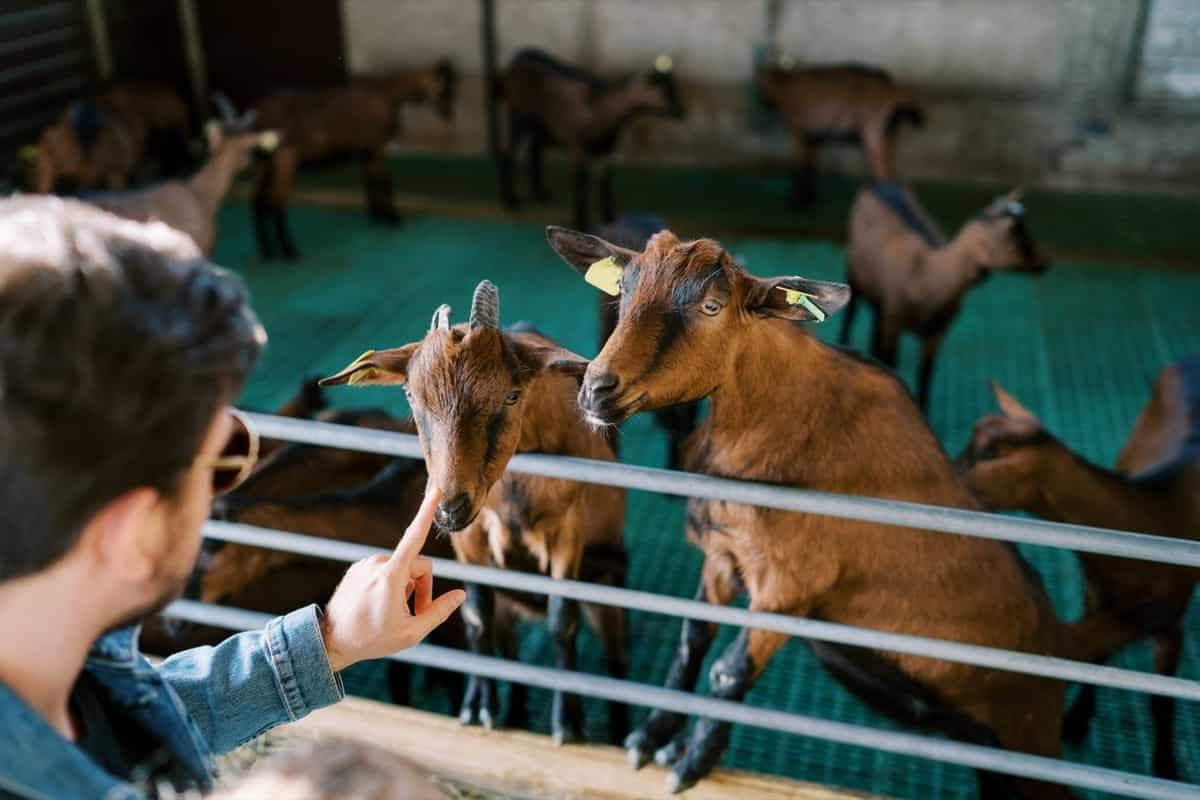
Reinvesting profits can achieve financial returns on goat farming in the Middle East, scaling up to 100 goats. In two years, revenue will have doubled to $25,000. Mutton production in the Middle East can be made more profitable with the use of on-site horticulture, which can reduce feed expenditures by 20%, saving $1,500 per year.
We will use a $100 monthly expense tracking system to assess investments in goat farming in the Middle East. Taking advantage of festival demand and enjoying a high return on investment (ROI) allows mutton farms in Qatar to earn $15,000 to $20,000 each year, ensuring their financial success in the long run.
| Financial Metric | Value | Notes | Strategy |
|---|---|---|---|
| Annual Revenue | $12,500 | 50 goats at $250 | First year |
| Expenses | $20,000 | Infrastructure, labor | Initial costs |
| ROI | 25–30% | First year | Reinvest profits |
| Feed Savings | $1,500 | On-site horticulture | 20% reduction |
| Scaled Revenue | $25,000 | 100 goats | Year two |
| Festival Profit | $15,000–$20,000 | Qatar markets | High demand |
Conclusion
Starting a goat farm in the Middle East to provide mutton markets is an intriguing and potentially lucrative business venture with cultural value. From risk management to market research, this approach lays out 15 manageable steps to success.
If farmers set aside $25,000 to $35,000 for startup costs, select high-yield breeds like Boer, and target high-demand markets in Saudi Arabia, the UAE, and Qatar, they can achieve 30–40% profit margins. Optimal conditions are found in rural Jordan and Oman’s Al-Batinah, and innovative marketing campaigns around major festivals like Eid boost sales.
Your farm has the potential to produce $10,000 to $25,000 a year with proper planning, technological adoption, and rule compliance, more than enough to meet both domestic and international demand. Embrace the Middle Eastern need for mutton, and with hard work and dedication, your goat farming enterprise can become successful and long-lasting, contributing to the flourishing agricultural landscape of the region.








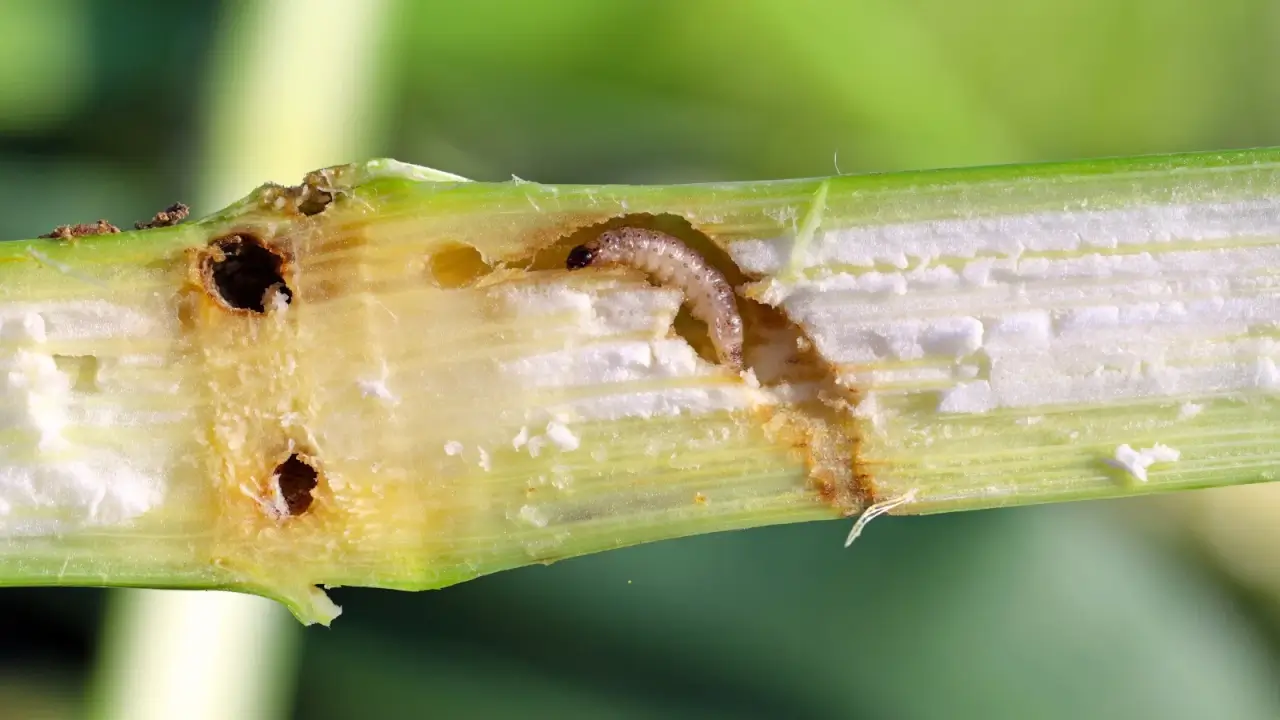

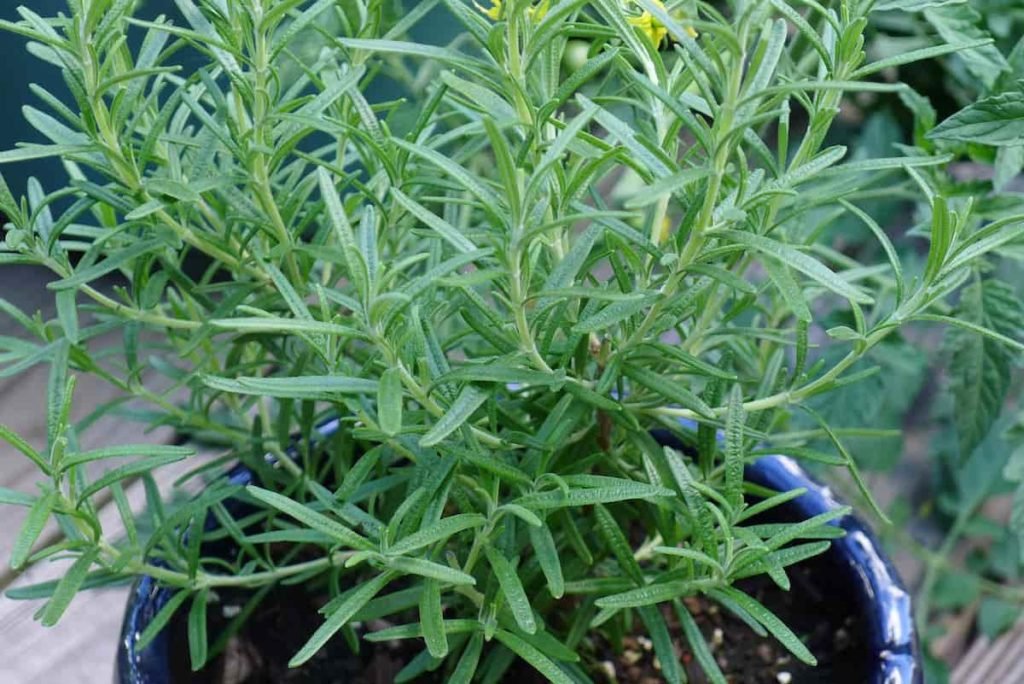



Leave a Reply